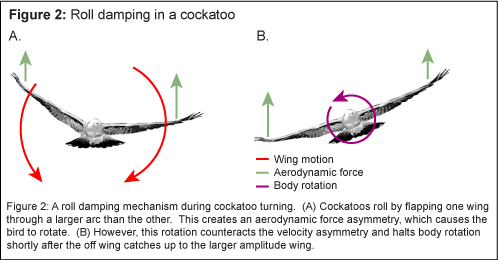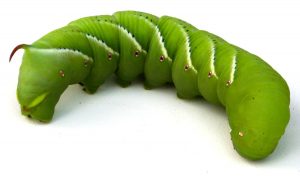Lohmann, Catherine
Our lab group is interested in the sensory biology, behavior, neuroethology, and evolution of marine animals. Topics of particular interest include: (1) the navigation of long-distance ocean migrants such as sea turtles, salmon, and spiny lobsters; (2) magnetic field perception, magnetic maps, and use of the Earth’s magnetic field in animal navigation; (3) natal homing and the geomagnetic imprinting hypothesis in sea turtles and salmon; (4) applications of sensory ecology and movement ecology to conservation biology; (5) neurobiology, behavior, and physiology of marine invertebrates; (6) technoethology (the use of novel computer and electronic technology to study behavior). Techniques used range from electron microscopy, immunohistochemistry, and electrophysiology to behavioral studies, oceanographic modeling, and field studies in the ocean. Whenever possible, we favor innovative approaches that cut across traditional academic boundaries and combine elements from disparate fields.







